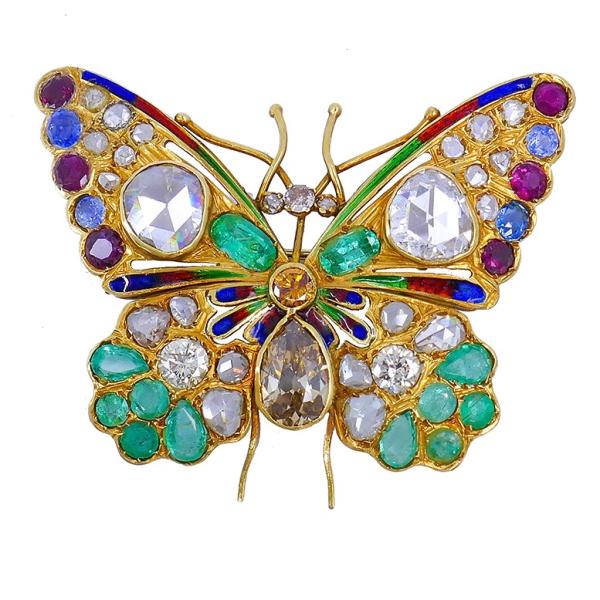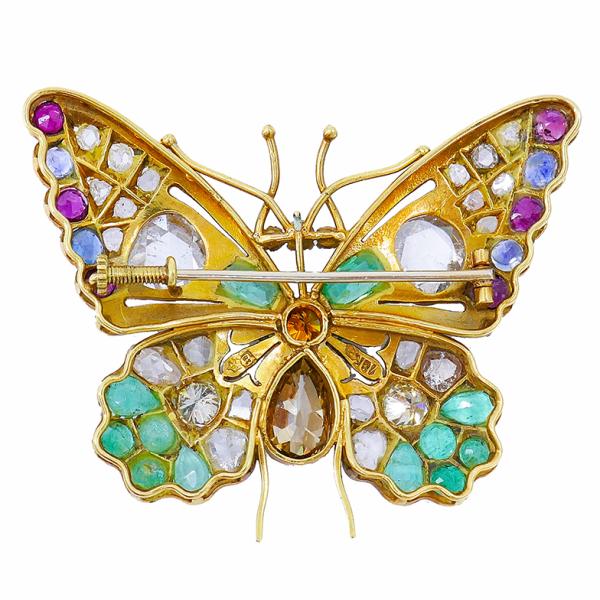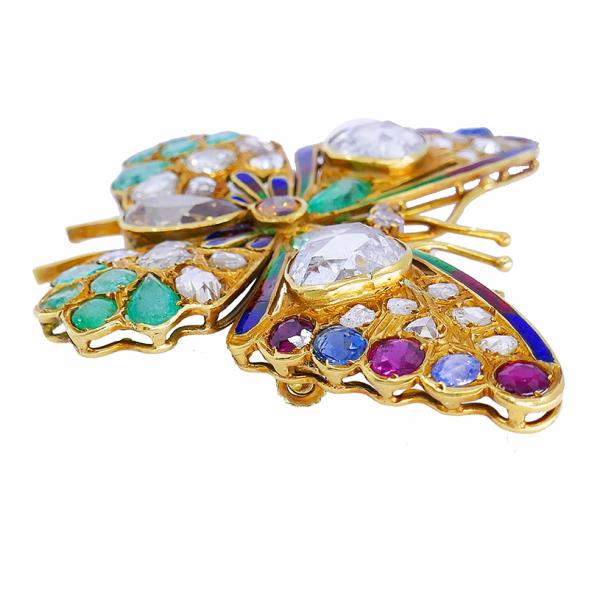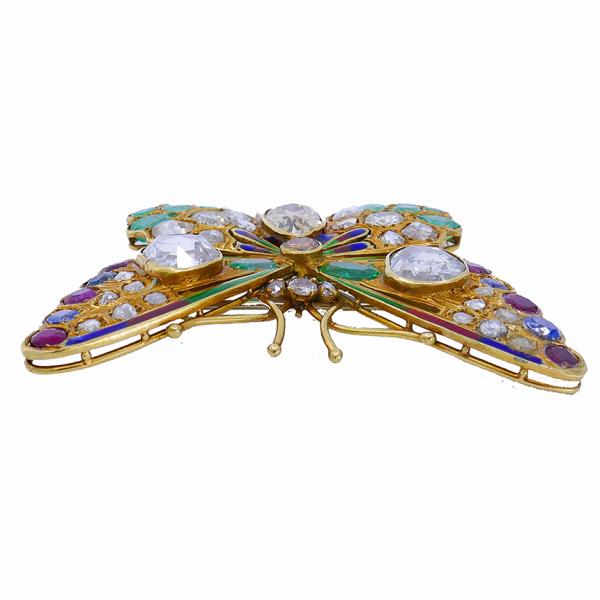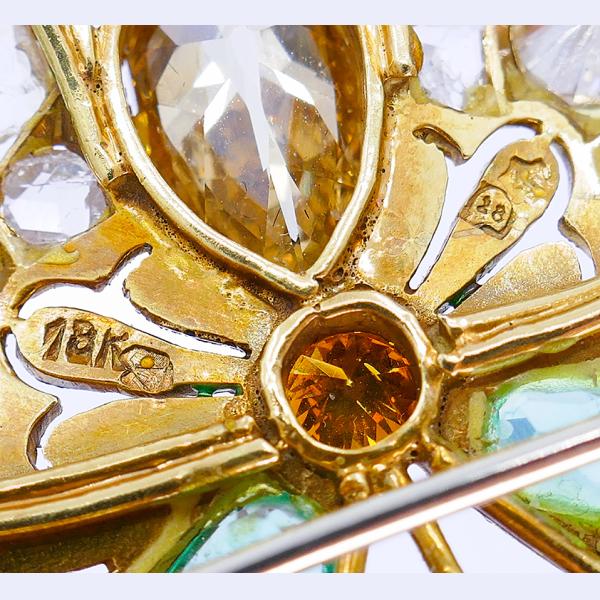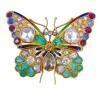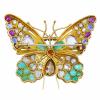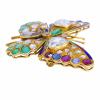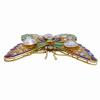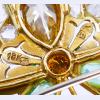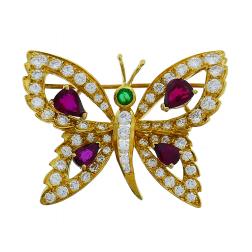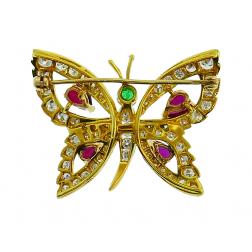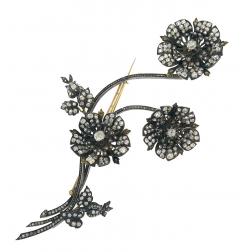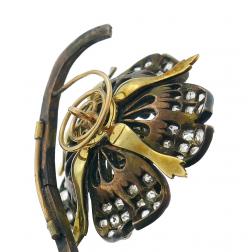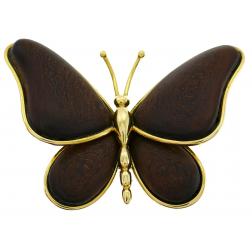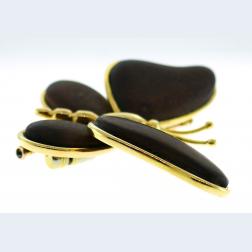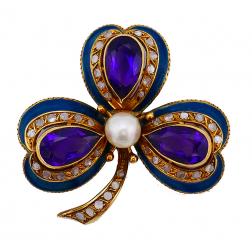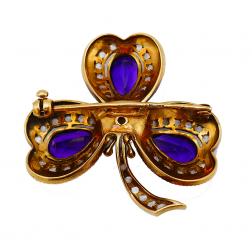History of Insect Jewelry
Insect jewelry carries a diverse symbolism and has deep historic roots. To us, these pieces serve as a reminder of the delicate beauty that designers found in nature.
Scarab Beetles
In ancient Egypt, scarab beetles were associated with the Sun God Ra. They symbolized regeneration and protection. Scarabs were often used in amulets, and seals to bring good luck and ward off evil.
Bees and Butterflies
Bees were revered in ancient Greece and Rome and seen as symbols of diligence and cooperation. Honey, a product of bees, was also associated with sweetness and fertility. Butterflies, with their transformation from caterpillar to butterfly, were seen as symbols of metamorphosis and the soul’s journey.
Insect Jewelry Resurgence
In the 19th century, during the Victorian era, there was a resurgence of interest in nature-inspired jewelry. It often incorporated real insect specimens preserved in resin. This trend was influenced by the Victorian fascination with the natural world and scientific discoveries of the time.
The Art Nouveau movement of the late 19th – early 20th centuries embraced organic forms and drew inspiration from nature. Insect motifs, such as dragonflies, butterflies, and beetles, were prominent in Art Nouveau jewelry. These pieces featured flowing lines and delicate designs.
Today, insect jewelry continues to be equally loved by designers and jewelry buyers. For example, dragonflies are often associated with change and self-realization, while butterfly brooches symbolize transformation and beauty. Bees are still seen as symbols of hard work, community, and productivity.
About Victorian Jewelry
Victorian jewelry is dated from 1837 to 1901. The era’s name was inherited from Queen Victoria who reigned during that time. Her significant input shaped the jewelry style of that time.
To navigate in such a vast period, historians divide it into following parts:
- The Early Victorian or Romantic
- The Middle of Grand Victorian
- The Late or Aesthetic Victorian Era
Different materials, gemstones and techniques were popular specifically for each era. Some styles though remained in favor longer than during just one period. For instance, hair jewelry made its way from the Romantic to the Grand period. Snake and animal motifs were also in demand throughout the era.
Early Victorian Jewelry –
As to the Queen influence, Romantic Period jewelry had well pronounced sentimental vibes. It was the time when young Queen Victoria was in love with her husband, Prince Albert. And the whole nation admired their relationship. Cameos, matching brooches, miniature portraits and lockets reflected the likeness of loved ones. After Albert’s passing in 1861, the Early Victorian Period ended, and The Grand era began.
Grand Victorian Jewelry –
After the incandescent bulb invention in 1870s, diamond jewelry started thriving like never before. Diamonds, being placed under the electric light, revealed their dazzling nature and looked truly fascinating.
Besides Victorian diamond jewelry, mourning jewelry massively gained its popularity, reflecting the Queen grieving state after Albert’s passing.
Opulence and larger scale prevailed in the Grand Victorian jewels style. It was the time of booming economy, and jewelry makers picked up the trend.
Late Victorian Jewelry –
Late Victorian jewelry makers stepped away from creating massive, heavy pieces. Women lifestyle changed towards independence. They got involved in new activities such as bicycling and tennis. To keep up with the new clientele’s needs, Late Victorian pieces were lighter and more wearable. Attached safety pins became very handy and this element is the era’s design feature.
Tiffany & Co. introduced their first solitaire diamond engagement ring during Late Victorian times. Etruscan and Egyptian revival, along with the Oriental motifs kept being popular. Another typical style for the period was a choker necklace.
The Aesthetic period and the whole Victorian era ended with Queen Victoria’s passing in 1901.
See our collection of the Victorian jewelry here.

